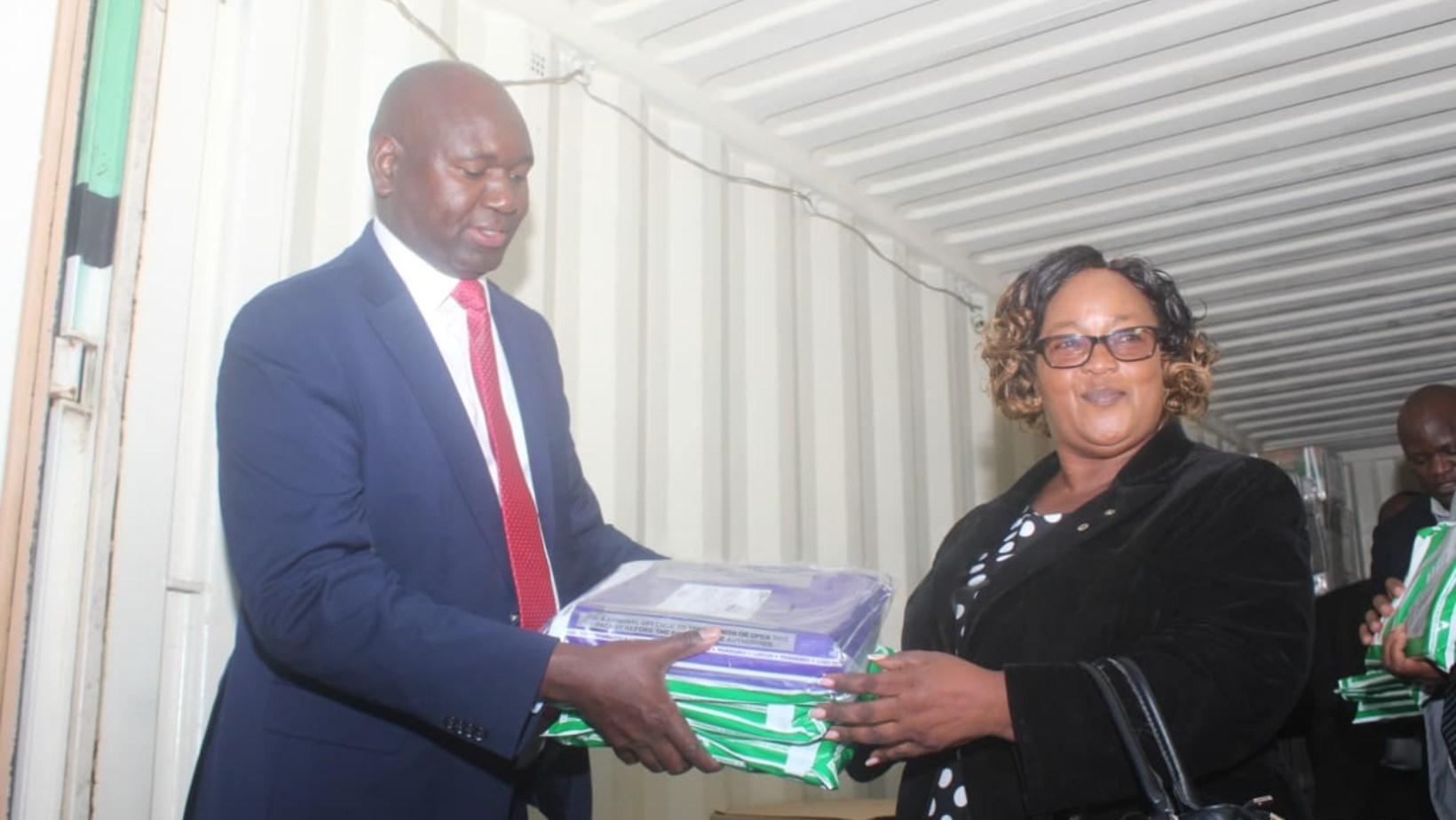Nairobi City County is planning to roll out a school feeding programme dubbed ‘Dishi na County’ that has a unique model where food preparation is centralized before being distributed to the schools across the 17 constituencies.
The central kitchen, which will be the central cooking system, will be designed to prepare high quality, affordable, nutritious meals in large volumes. It will also allow a flexible payment schedule that widens meal access and generates real time data.
“By identifying suitable sites with maximum proximity to numerous schools, the programme reduces costing by constructing centralized kitchens. Meals are designed to cater to the developmental needs of children with a priority on maize, beans, rice, and lentils to provide a steady source of carbohydrates for energy and proteins for growth,” reads the document prepared by the county titled ‘Dishi na County School Feeding Programme’.
Once the food is prepared in the centralized kitchens, it will be packed into sealed containers ready for loading and distribution using a fleet of trucks which will reach schools within a 20km radius.
The process of serving will combine a nutrition-focused model with a unique ‘Tap2Eat’ technology. Here, Tap2Eat will be a payment platform that allows parents to pre-pay through M-Pesa to an online account.
In this case, each child in the programme will be issued with a wristband whenever they get a meal. A cashless payment is made by tapping the wristband on to a digital device that will be in operation at the point of serving the meal.
According to the county, the system drastically increases access to school meals by lowering the cost to parents who are also better positioned to pay daily or weekly as their economic circumstances allow.
“By using technology like this, the model allows for data-driven, real time decisions that improve cost-effectiveness, enhance operations, and facilitate an adaptable school feeding programme,” added the document.
The county government aims to bridge the gap in the current school feeding system, which is made up of three main entities of government, private sector and community groups.
Now, specialised service providers will handle operations on a day to day basis, whilst ensuring quality control and standardization.
In September last year, Nairobi governor Johnson Sakaja said he is prioritising the school feeding programme as a pledge he made in his pre-election manifesto.
The programme will target public schools in poverty stricken locations as hunger has been a major reason for disruptive school attendance.
The county’s population as per the 2019 Kenya National Bureau of Statistics (KNBS) was 4.4 million, 1.1 million of whom are children within the school age bracket (4 -17 years), the majority coming from informal settlements.
There are 1,004 pre-primary schools (235 public and 769 private), 1,108 primary schools (205 public and 903 private), and 388 secondary schools (107 public and 281 private).
By Roy Hezron
Get more stories from our website: Education News
You can also follow our social media pages on Twitter: Education News KE and Facebook: Education News Newspaper for timely updates.






